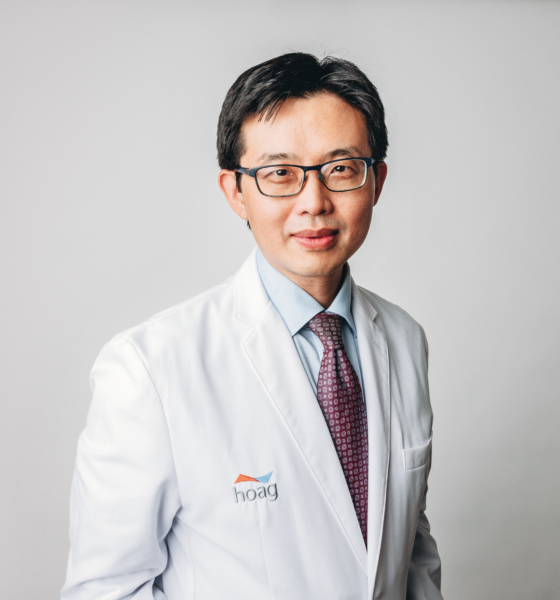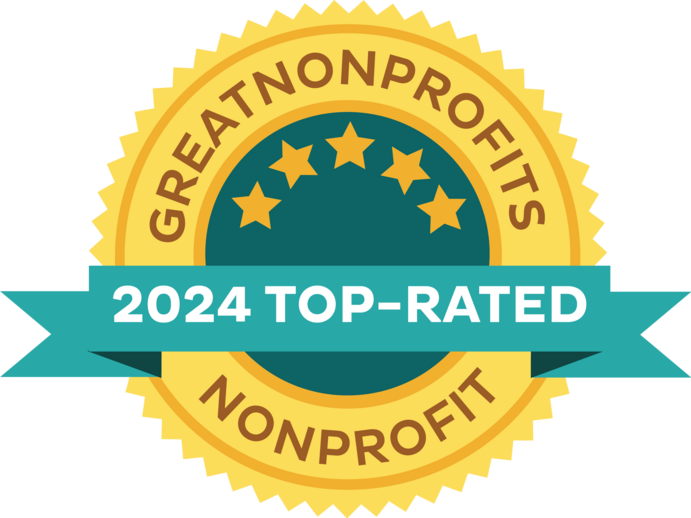For people who are most diligent about sun protection, a D supplement can help fill the gap. Credit: Evgeni Dinev Photography/Getty images
Q: I’m one of those daily, cloudy-or-sunny users of sunscreen, and I add sunglasses, a hat and other sun-protective clothing when I’m outdoors. Given my lack of sun exposure, should I worry that I don’t get enough vitamin D?
Steven Q. Wang, MD: Congratulations on being so vigilant about sun protection, which remains the single best method for reducing the risk of skin cancers. You’re right that one effect of your vigilance is that you won’t produce much vitamin D from the sun; indeed, extensive laboratory studies confirm that using sunscreen as thoroughly and consistently as directed can shut down the sun’s production of the vitamin. However, most people don’t do that. Epidemiological data show, counterintuitively, that sunscreen users have higher vitamin D levels than nonusers. Why? The most likely reason is that even regular sunscreen users often fail to apply, and then reapply, enough sunscreen to most effectively shield them from the sun’s UV rays. Consequently, believing they’re protected, they may stay out in the sun longer than those who don’t use sunscreen.
You’re also right to be confused: The thinking about vitamin D levels and the advisability of taking supplements to raise those levels is constantly evolving. For many years, vitamin D’s benefits were thought to include improving cardiac health and combating serious diseases such as multiple sclerosis, in addition to promoting bone health by aiding in the body’s absorption of calcium. With that in mind, physicians routinely recommended supplements of 2,000 international units (IU) or more a day for their patients. Meanwhile, the optimal level of vitamin D in the blood was raised from 20 nanograms per milliliter (ng/mL) to 30 or above — immediately categorizing millions of Americans as deficient in vitamin D.
When a landmark 2011 study from the Institute of Medicine found that vitamin D did not provide those cardiac and serious disease benefits, the study’s authors recommended a more moderate (600 to 800 IU) daily dose of the vitamin, to protect against osteoporosis and bone fractures. But they also called for a larger, randomized, long-term study of vitamin D’s ability to prevent disease and to improve bone health.
We now have the results of that subsequent study, called VITAL — a five-and-a-half-year federally funded clinical trial involving nearly 26,000 subjects, half of them men over the age of 50 and half women over the age of 55 — and they are eye-opening. The study concluded that not only do high-dose (2,000 IU) vitamin D supplements have no significant effect on common diseases, but, more shockingly, they also do not prevent bone fractures in this age group. Publishing in the New England Journal of Medicine, the study authors went even further, advocating in an editorial addendum that medical providers stop routine screening of vitamin D levels (American labs currently run about 10 million such tests a year) and that Americans stop taking vitamin D supplements to prevent disease.
To return to your main question, these data strongly suggest that the logic of directly exposing one’s skin to the sun to get vitamin D is flawed. Since vitamin D levels appear to have no appreciable effects on health, why take this risk? In my practice, I treat people with melanoma, which, like squamous and basal cell carcinomas, can result from cumulative sun damage. My cancer patients tend to be people with lighter skin, but even darker-skinned individuals with a low risk of sun-induced skin cancers can suffer negative effects from the sun, such as premature aging and hyperpigmentation. In short, the dangers of sun exposure far outweigh the benefits.
So, my bottom-line advice is to continue to seek maximum protection from the sun, full stop. As for your intake of vitamin D, the most sensible course for now is to stick with the Institute of Medicine’s current recommendation of around 600 to 800 IU a day. For people whose diet is lacking in vitamin D-rich foods — fish, egg yolks, fortified juices and milk — a supplement may close the gap. But those who are currently taking a daily supplement in the still-common 2,000 IU or higher range may want to pare back their dosage to the recommended amount. —Interview by Lorraine Glennon
About the Expert:
 Steven Q. Wang, MD, a board-certified dermatologist and fellowship-trained Mohs surgeon, is the medical director of dermatologic oncology and dermatologic surgery at the Hoag Family Cancer Institute in Irvine, California. One of the country’s leading authorities on skin cancer detection, treatment and prevention, Dr. Wang is chair of The Skin Cancer Foundation Photobiology Committee.
Steven Q. Wang, MD, a board-certified dermatologist and fellowship-trained Mohs surgeon, is the medical director of dermatologic oncology and dermatologic surgery at the Hoag Family Cancer Institute in Irvine, California. One of the country’s leading authorities on skin cancer detection, treatment and prevention, Dr. Wang is chair of The Skin Cancer Foundation Photobiology Committee.





